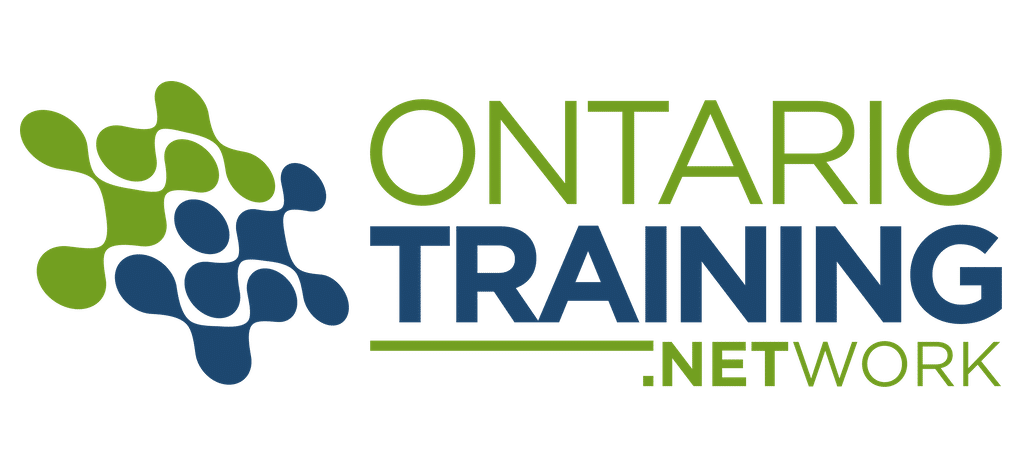Request a Quote or More Information on this Workshop >
WORKSHOP DESCRIPTION
Plain Language means communicating with your audience so they understand the message the first time they read or hear it. When writing, if you use plain language, your readers can find what they need, understand what they find, and use what they find to move forward.
In other words, plain language writing is both reader- and results-oriented.
There are many techniques to help you incorporate plain language writing into your business documents. This one-day workshop – using examples, exercises, and your own writing samples – will provide you with an overview of the principles of plain language. And at the end of the session, you will be able to measure the style of your own documents according to a plain language checklist.
WHO SHOULD ATTEND:
- Business, government, or technical professionals who want their letters, emails, and short reports read and acted upon by their audience
- Anyone looking to engage readers and to communicate easily and clearly
- Managers looking to offer practical writing advice to their staff
YOU WILL LEARN TO:
- Use Plain Language techniques to communicate effectively
- Understand the rationale for using Plain Language
- Write clearly and concisely – but not curtly
- Use 2 questions to write directly to your readers
- Produce documents that increase reader buy-in
- Use the right tone for the reader and the message
COURSE OUTLINE
Introduction
- Reviewing the history of business writing
- Knowing what is plain language writing and what it isn’t
- Answering the critics
- Determining the characteristics of plain language
Today’s Readers
- Learning what readers want in a business document
- Emails
- Letters
- Web documents
Writing Style: Plain Language Techniques
- Reducing generalizations and hedging
- Strengthening your sentences with strong verbs
- Employing passive voice appropriately
- Choosing the right vocabulary: Words that burn/Words that bless
- Linking sentences for easy reading
- Writing with parallel flow in sentences and bulleted lists
- Testing readability
Increasing Reader Buy-In
- Answering 2 simple questions
- Exploring three techniques to spotlight the reader
- Understanding the three tones of business writing
- Formal
- Neutral
- Informal
- Reviewing the techniques for each tone
Presenting Your Material
- Helping your reader to get the message
- Knowing where to place information for emphasis
- Changing subheadings into talking heads
- Introducing charts, tables, graphs
Writing Powerful Emails
- Learning how to be concise but not curt
- Helping readers to prioritize their inboxes
- Making a request clearly and courteously
- Increasing your chances of a speedy, positive reply
Plain Language Writing Checklist
- Using a checklist to edit a business document
Summary and Evaluations
METHODS TO BE USED:
This session is interactive with participants evaluating both the instructor’s examples and their own material according to plain language techniques. There will be exercises and ample time for discussions.
Note: Participants should bring several samples of business documents they have written to the session for self assessment.
